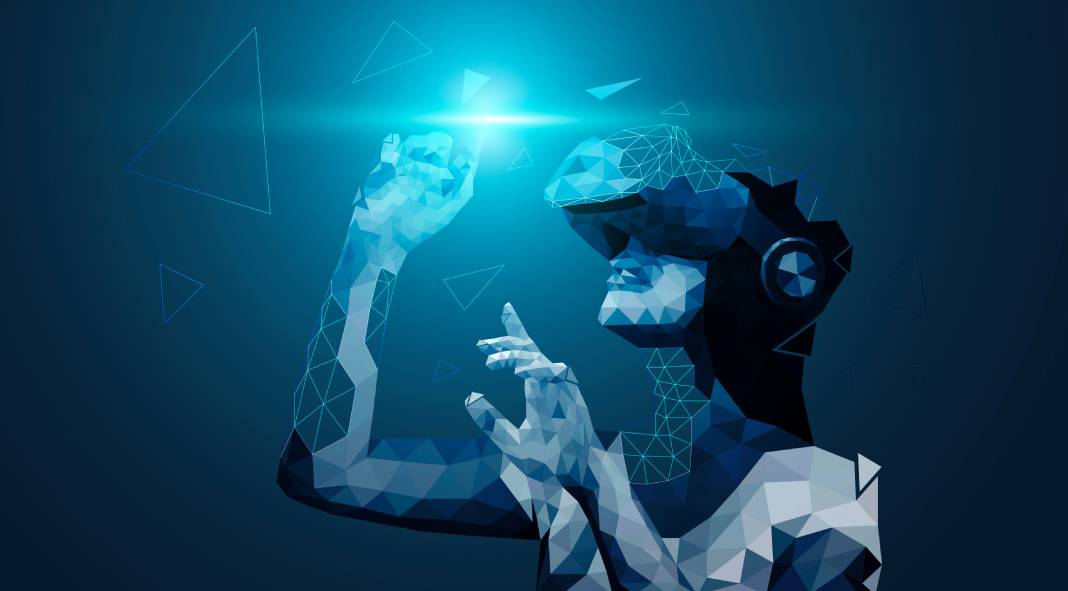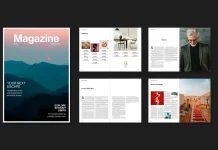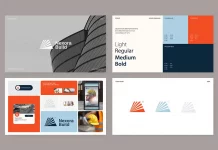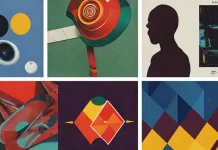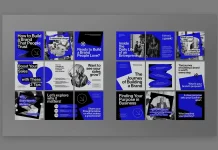Graphic Design in the AI Era: Embracing Synergy for Creative Evolution
In the ever-evolving landscape of technology, where artificial intelligence (AI) is rapidly transforming industries, many individuals are wondering whether the profession of graphic design will face obsolescence. While AI has undoubtedly made significant strides in automating design tasks, it’s important to recognize that the human element in graphic design remains indispensable.
AI: A Powerful Assistant, Not a Replacement
AI has emerged as a remarkable tool for graphic designers, capable of streamlining repetitive processes, generating creative ideas, and providing insights from vast data sets. AI-powered tools can assist with tasks such as generating color palettes, optimizing layouts, and even creating initial mockups. However, AI cannot replicate the human touch, the ability to empathize with the audience, and the capacity to craft designs that resonate emotionally.
The Unique Qualities of Human Creativity
Humans possess a unique blend of cognitive skills and emotional intelligence that AI struggles to match. Graphic designers, driven by creativity, innovation, and cultural understanding, can:
- Empathize with their audience: Designers understand the emotions, preferences, and needs of the people they are designing for. This empathy allows them to create designs that resonate with the audience, leaving a lasting impact.
- Innovate and break boundaries: Human designers are not bound by strict algorithms or predetermined formulas. They possess the ability to think outside the box, question conventions, and push the boundaries of design. This innovation is what keeps the industry fresh and dynamic.
- Connect with the human experience: Graphic design is not merely about aesthetics; it’s about storytelling and emotional connection. Human designers can tap into the human experience, incorporating cultural references, symbolism, and emotional cues into their work, creating designs that evoke feelings and resonate with the viewer.
AI as a Catalyst for Growth
AI, rather than posing a threat, can be seen as a powerful catalyst for the growth and evolution of graphic design. By automating repetitive tasks, AI liberates designers from mundane chores, allowing them to focus on higher-order creative thinking, problem-solving, and strategic decision-making.
Embracing AI and Enhancing Creativity
The future of graphic design lies in embracing AI as a collaborative partner, not as a replacement. Designers should leverage AI tools to streamline their workflow, generate creative concepts, and gain valuable insights from data. AI can be used to explore new design directions, experiment with unconventional styles, and push the boundaries of creativity.
The Human Designer: The Driving Force
Despite the advancements of AI, the human designer remains the heart and soul of the industry. It is the designer’s expertise, creativity, and emotional intelligence that transform ideas into impactful visual experiences. AI can enhance the designer’s toolkit, but it is the human touch that distinguishes truly compelling graphic design.
In conclusion, the profession of graphic design is not in jeopardy due to AI. AI is poised to elevate the industry by automating mundane tasks, providing data-driven insights, and expanding creative possibilities. The future of graphic design lies in a harmonious synergy between human creativity and AI innovation. Designers who embrace this fusion will thrive in a rapidly evolving landscape, crafting designs that resonate with audiences, connect with emotions, and inspire action.
Don’t hesitate to browse through the AI and Graphic Design sections on WE AND THE COLOR for more. Header image by xyz+ via Adobe Stock.

